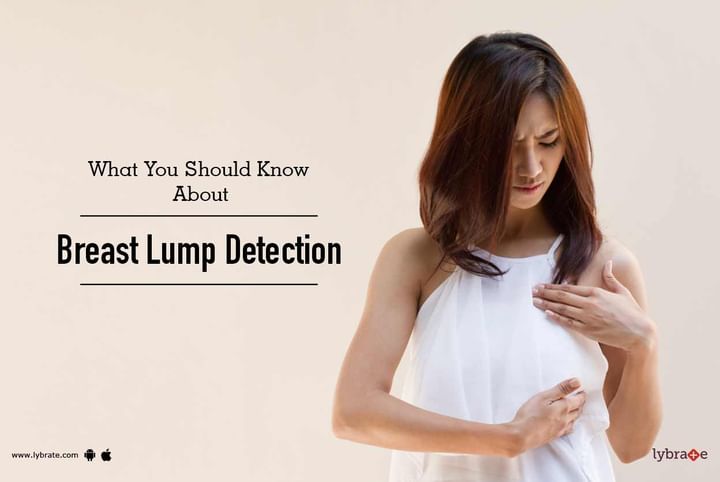What You Should Know About Breast Lump Detection
A breast lump is a restricted swelling, projection, lump or knot in the breast that doesn't feel like a breast tissue. There are diverse reasons why breast lumps occur.
Not all lumps are cancer. These can also be breast conditions that are not harmful and which can be easily curable.Knots that feel harder or are not the same as the rest of the breast need to be checked. This kind of irregularity might be an indication of breast cancer.
A self-examination should be your starting point. This is how you can detect a lump on your own:
Step 1: Begin by taking a look at your breast in the mirror. Keep your shoulders straight and your arms on your hips.
This is what you need to search for:
- Breasts that are their typical size, shape, and shading
- Breasts that are uniformly formed without distortion or swelling
In the event that you see any of the changes mentioned below, convey them to your doctor:
- Dimpling, puckering, or protruding of the skin
- A nipple that is not in its initial position
- Redness, rash or swelling
Step 2: Now, raise your arms and look for the changes mentioned above.
Step 3: While you're in front of the mirror, search for any indications of liquid or blood discharge from the nipples.
Step 4: Next, examine your breasts while resting.Use Your right hand to feel your left breast and use your left hand to feel your right breast. Cover the whole breast from your collarbone to the highest point of your mid-region, and from your armpit to your cleavage to search for any lumps.
Step 5:Examine your breasts while either standing or sitting. Many women find that the easiest approach to examine their breasts is when their skin is wet, so this step could be done while taking a bath as well.
Diagnosis:
- Mammogram: Mammography is a technique using X-rays to diagnose and locate tumours of the breasts.
- Breast ultrasound: Breast ultrasound utilises sound waves to create pictures of the breasts from the inside.
- Breast MRI:This involves using an effective and attractive field, and radio frequency pulses to create photos of the insides of the breasts.
- Ultrasound-guided biopsy: During this sort of biopsy, utilising ultrasound imaging to discover the bump, a radiologist will give you anesthesia and afterward insert a needle into the lump to evacuate some tissue for assessment under a magnifying lens. Stereotactic biopsy and an X-ray-guided biopsy may also be used.
Possible treatments:
- In case the knot turns out to be cancerous, surgery is typically performed.
- You may have a few discussions with different doctors for additional treatment, including radiation treatment and chemotherapy or hormone treatment.



+1.svg)
